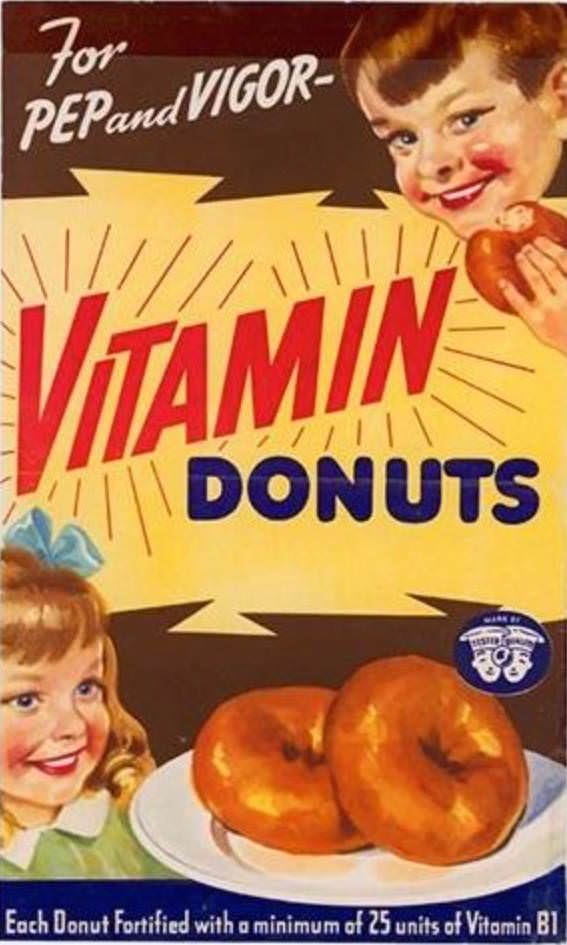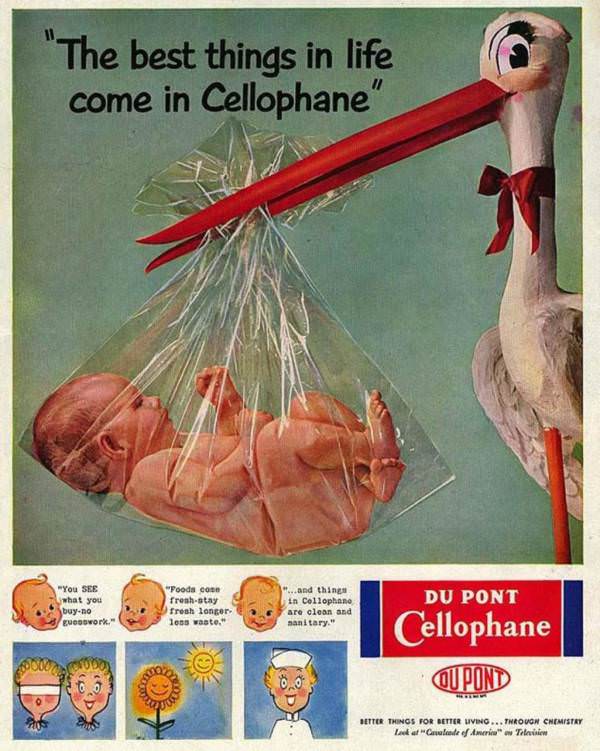It wasn’t until the 18th century that modern medicine began to take shape. Unfortunately, as medical science has progressed faster and faster in the ensuing centuries, our medical knowledge has also become more and more out-of-date. As a result, countless medical beliefs of the past now seem positively absurd.
Suppose you factor in the motivation for profit that drives so many medical and health trends. In that case, you’ll get many unsubstantiated claims from people selling food, supplements, medicine, and other stuff that’s supposed to improve your health. In addition, there are incredibly unhealthy products being advertised, such as donuts, pesticides, radiation, opioids, and amphetamines.
The following vintage health ads for such things reveal not only the general lack of knowledge about nutrition and health at the time but also the lax laws that governed what advertisers could and could not claim. As a result, companies claim in these ads that their products offer a wide range of health benefits but provide little or no evidence to support their claims.
We can see what our ancestors believed about health and medicine and how far we have progressed in understanding the health risks of exposure to certain dangers over the years. Furthermore, the ads show a shift in social attitudes towards children and less blatant sexism.
Since the ads above were created, so much has changed. Be sure to check, some strange medical practices and terrifying medical instruments from the past.






















